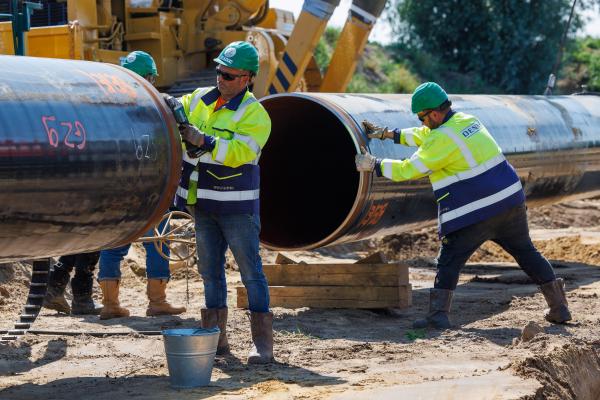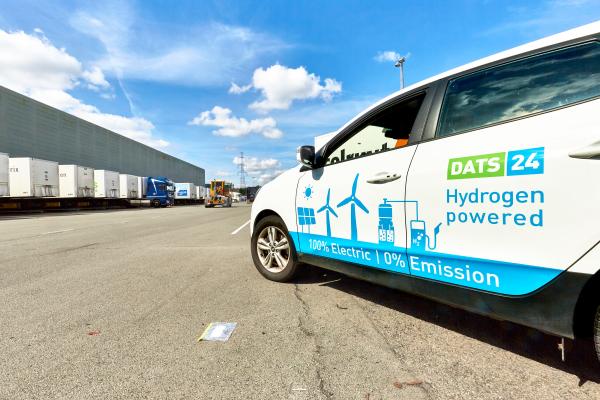
Today, the Commission’s Joint Research Centre (JRC) publishes the Security of EU gas supply dashboard, which provides comprehensive weekly data on gas flows by pipeline, liquified natural gas (LNG), storage and consumption.
The dashboard is a unique tool because it consolidates information from four public data platforms: ENTSOG Transparency Platform for gas transport indicators, AGSI+ for gas storage information, ALSI for LNG facility data and EUROSTAT.
By aggregating these critical metrics into a single, user-friendly interface, the dashboard helps national and EU decision-makers take swift and informed actions to ensure energy security across the EU.
Additionally, the dashboard will help EU policymakers monitor progress in achieving targets under EU policies and regulations (Regulation (EU) 2017/1938; Regulation (EU) 2022/1032) related to security of gas supply and storage.
Create your own charts
A key advantage of the interactive dashboard lies in its ability to facilitate dynamic comparative analysis. By simply adjusting certain parameters, users can create their own, customised figures that provide an instant overview of trends and patterns.
For instance, the tool can generate visuals and charts to display the average daily gas flow through different routes, the share of gas by season and the filling level of underground gas storage by country.
The dashboard can also provide specific data related to the European security of gas supply framework, such as the figure on the EU gas demand reduction or the storage projections. Transparent data on gas storage levels are particularly important considering the EU filling of storage facilities targets, aimed at ensuring Europe readiness for the heating season.
Evolution of gas storage refilling level
The Gas Storage Regulation (EU/2022/1032) of June 2022 sets a binding target of 90% filling of storage facilities by 1 November each year, with interim targets for EU countries to ensure steady filling throughout the year.
The dashboard allows users to track the evolution of the filling level of European gas storage facilities. At EU level, the 90% target was reached by mid-August both in 2023 and 2024.
By selecting a particular country, you can see the filling level of its storages. For instance, in 2024 Bulgaria reached the 90% target on 10 September (around a month later than the EU average, but way ahead of the target date).
The storage projection figures also allow users to foresee the filling level in the next 3 months based on the historical behaviour of the gas storages of the country selected.
The figure below shows that Bulgarian storages will reach between 91% and 100% filling level on 1 November 2024, and therefore, it will most likely comply with the Gas Storage Regulation.
The importance of monitoring
The launch of this dashboard comes at a crucial time for EU energy policy. In the wake of the 2021/22 energy crisis, which saw soaring post-summer energy prices and geopolitical tensions threatening supply security, the EU swiftly adopted three key regulations (Regulation 2022/1032; Reg. 2022/1369; Reg. 2022/2576) to safeguard gas supplies.
These measures, including setting minimum underground storage levels, encouraging voluntary demand reduction, and improving solidarity through coordinated gas purchases, called for the constant monitoring as closely as possible to real-time of gas flows coming to Europe via pipeline and LNG, and the gas underground storages.
While these adaptations helped the EU navigate the 2022/2023 winter, the energy crisis has underscored the need for vigilant monitoring and strategic planning.
Related links
Security of EU Gas Supply dashboard
Monitoring the security of gas supply in the European Union
Aggregated Gas Storage Inventory (AGSI+)
Details
- Publication date
- 7 October 2024
- Author
- Joint Research Centre
- JRC portfolios







